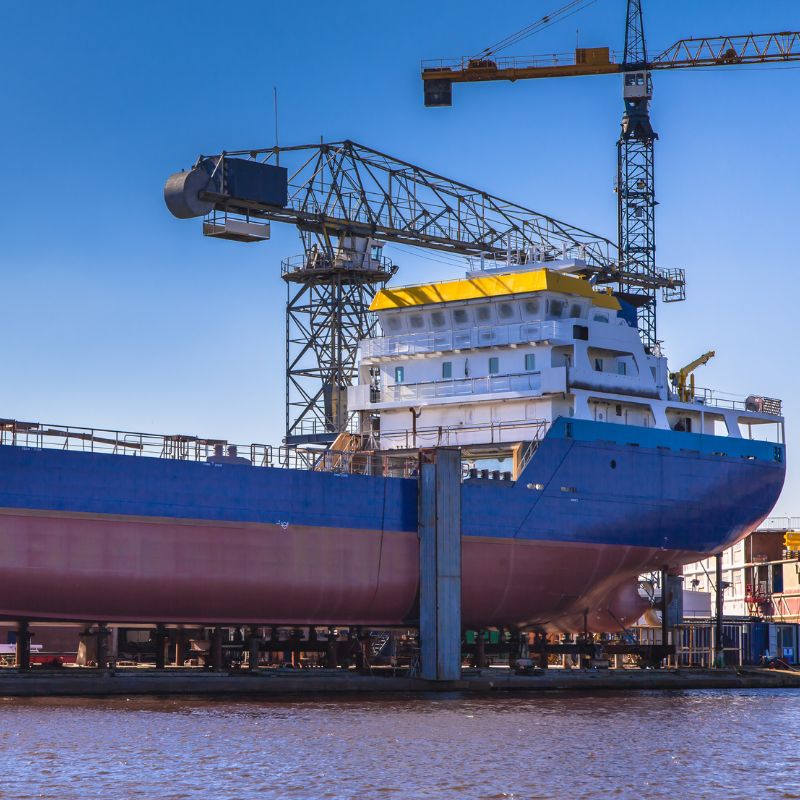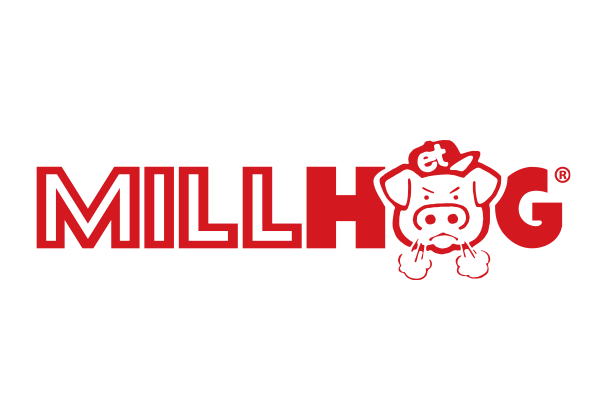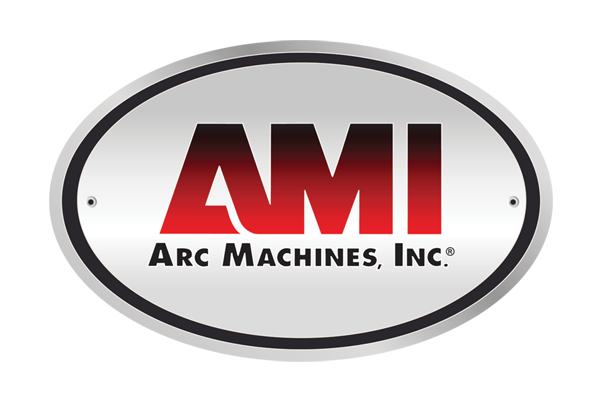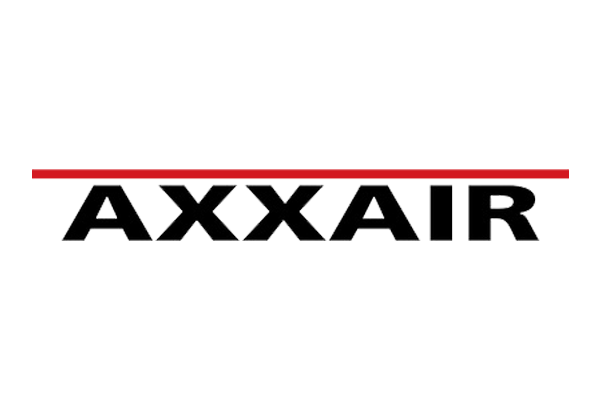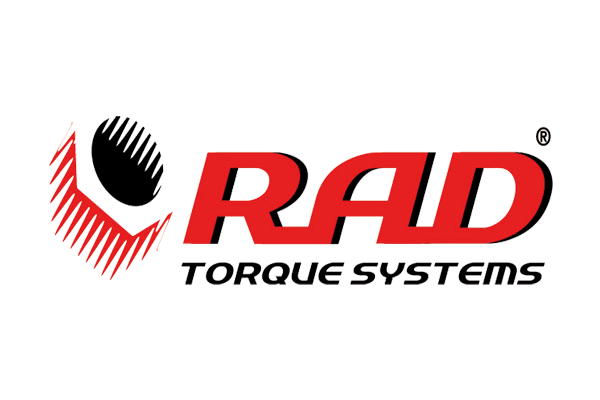Types of Welding Used in the Shipbuilding Industry
In the shipbuilding industry, welding is one of the most prevalent processes for constructing a ship. The advancement of welding technology allows the manufacturing sector to have fully waterproof and oil-tight welds. Compared to riveted connections, welded joints are simpler to create and lower the project’s cycle time. There are several types of welding used in the shipbuilding industry, so let’s delve deeper into the three most common ones—arc, gas, and resistance welding.
Arc Welding Techniques
The basic idea of arc welding is to unite a metal electrode to an electrical power source, resulting in a closed circuit when the electrode touches the surface. The electric current crosses the gap with the electrode elevated slightly above the plate, resulting in an extremely hot electrical arc. This enables both metals to fuse and become one.
Arc shielding is a critical component of all arc welding procedures. To avoid contamination of the fused metal, there is protection for the arc from the surrounding air, staving off contact from water vapor and oxygen. Shipyards’ two most common shielding systems are inert gas shielded arc welding and slag shielded welding.
Shielded Metal Arc Welding
The most common filler metal for shipbuilding electrodes is mild steel. The coatings for the still rods are silicates, hydrocarbons, and mineral oxides, and they produce a solid envelope around the fuller metal. This layer generates the slag, stabilizes the arc, and prevents the joint from oxidizing. Shielded metal arc welding is the best method for producing grillages, tank units, panels, and similar items.
Submerged Welding
The ignition of the arc is under the cover of granulated flux, putting on the weld joint before the arc touches it during submerged welding.
Moving along the span of the weld joint, a hopper holding granulated flux flows, covering the joint with a layer of flux. After the hopper, a trolley transports the filler metal electrode. Rollers continually feed the electrode with a controllable motor that allows you to regulate the feed rate.
Due to its arc consistency and joint purity, ship welders use submerged arc welding as the go-to downhand welding technique. This process will keep the electrode tip always immersed in the flux. As a result, an arc is formed inside the flux layer, providing total isolation from the surroundings.
Stud Welding
When you must weld a bolt or stud to a parent metal, stud welding is your best option. Because of the rapid velocity of the stud combined with a complete electric current, both metals should fuse seamlessly. After pressing the stud into the metal, the electrical supply shuts off immediately. For those fastening insulation panels to bulkheads, timber flooring is to deck plates employ this approach.
Gas Welding Techniques
Instead of flux, gas shielded arc welding systems employ a gas blanket to insulate the arc from the surrounding environment. Several shipways use gas welding techniques for welding relatively lightweight metals.
TIG
Tungsten inert gas (TIG) welding occurs when an arc forms between a non-consumable tungsten electrode and the parent metal plates. A nozzle ensures a constant stream of inert gas around the arc, with a tungsten electrode enclosing it.
An inert gas covers the arc from oxygen, stabilizing it and preventing the weld pool from oxidation. The introduction of a filler rod into the arc aids in fusing the different metals. In most cases, welders use argon as the inert gas in this practice. TIG welding is suited for plates with an average thickness.
MIG
There are several similarities between metal inert gas (MIG) welding and TIG welding, considering that the electrode is a consumable metal wire.
An electrical contact tube links the tungsten electrode with the power source in the welding torch. A pair of driving rollers continually feed the electrode wire into the nozzle, traveling through the electrical contact tube. With a separate line feeding into the torch, you can maintain the inert gas flow, forming an inert gas blanket surrounding the stabilized arc.
The most popular inert gas in this process is carbon dioxide. MIG welding occurs during the fabrication of aluminum deckhouses and circular membrane tanks in liquefied gas tankers.
Resistance Welding Techniques
Bonding metals through pressure and passing currents happens in resistance welding, rendering it cost-effective. The following are various resistance welding methods across the shipbuilding industry.
Spot Welding
Spot welding is a form of resistance welding. Generally, welders use this method when welding multiple metal sheets from the pressure and heat of the electric current to the weld area.
Seam Welding
Another resistance welding process is seam welding, in which appropriately designed copper electrodes exert pressure between metal sheets to generate a zone of high resistance. Due to high electrical resistance, the passage of electricity across this area produces heat. Fusion is used to produce seam welding.
Projection
Projection welding uses pressure and electrical current to connect two or more metal pieces to make maximum contact at one or more specified spots. This enables more energy-efficient welding with increased weld strength.
Specialized Welding Processes
Plasma
For extremely thin metals, a welder might use the plasma welding technique. Plasma is fired into the weld joint, raising the temperature and providing shielding. This methodology is identical to TIG welding, except the tungsten electrode is not in touch with the plasma.
Laser
Laser welding methods are popular in modern shipyards because they need less heat input and reduce welding deformities. Carbon dioxide or crystals consisting of neodymium yttrium aluminum garnet generate the laser.
Thermit
Thermit welding works well for jobs requiring you to forge large steel pieces together. Constructing massive pieces like the ship’s stern would be difficult if thermit welding wasn’t possible. An alloy of aluminum and iron oxide provides the heat for this procedure.
Friction Stir
This is common in shipyards, with friction happening between the revolving pin and the parent metal plates as the heat source. The benefit of this welding procedure is its vertical practicality, which allows for friction welding of side shell joints between ship blocks.
Multiple Pass
When welding broad plates that are more than six millimeters, several welding passes are necessary to fill the space between the plates and achieve complete penetration. Multiple passes are necessary when doing a fillet weld with extremely deep bevels between the plates.
Tack Welds
Tack welds are small lines of weld done at periodic intervals using the same electrodes as the main runs. Before welding, tack welds happen during regular intervals throughout the length of the weld joint. This will prevent the plates from separating due to temperature gradients during the primary welding pass.
There is no shortage of welding techniques used in the shipbuilding industry. Mixing and matching different welds allows workers to construct the best ships in the water. Every shipbuilder needs an orbital TIG welding machine, so look no further than SEC Industrial.
At SEC Industrial Inc., we offer clients a selection of orbital tube welding machines, orbital tig welding machines, and several other types of welding equipment. Our automated orbital welding equipment is intended to meet or surpass the stringent welding requirements for high-quality, hygienic, and repeated welds with complete penetration.
